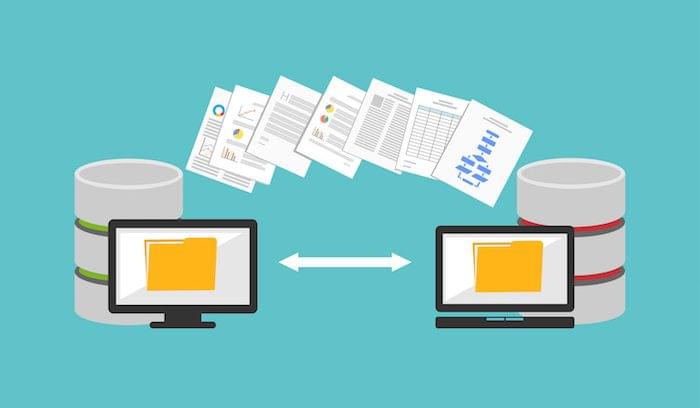In most cases, business data migration projects get a green light for execution only when the project cost is sensible. However, there is no one-size-fits-all pricing for business data migration projects as the migration needs vary from one company to another.
Businesses can get data migration cost estimates right by considering the crucial factors listed below:
-
Managed (White Glove) Migration Service
One of the primary aspects that help businesses prepare an accurate data migration cost estimate is the managed migration service of the migration service provider. Any type of managed/white-glove migration service adds to the average cost of data migration.
If your company’s IT does not have expertise in cloud data migration, opting for a managed migration service is critical. The migration team of the migration vendor offers assistance that is critical for migration success.
For example, when migrating data from Box to OneDrive, the managed migration team can help you overcome technical challenges such as transferring Box Notes, retaining folder structure, and maintaining the same user hierarchy in OneDrive.

-
Number of Users and the Size of Data
Another primary factor that defines the data migration cost for all businesses is the number of users and the size of data to migrate to the destination cloud. A greater number of users and a larger size of data translate to higher migration costs.
Therefore, businesses need to finalize the exact users and data size to migrate to make a correct data migration cost estimate. For example, when migrating Google Drive to OneDrive, businesses need to segregate the actual users to migrate from the dummy or inactive user accounts that are no longer needed.
The same goes for data. Excluding unwanted data, such as files and folders that are no longer useful for individual employees and their teams, helps businesses keep the migration cost in check.
-
Types of Features To Migrate
Migrating complex features such as sharing permissions, embedded links, shared links, timestamps, external shares, and in-line file comments increases the average cost of data migration. And since business migrations are not a simple data dump project, it is important to select all the crucial features to migrate and analyze how they increase the migration cost.
Migrating features specific to the source cloud (e.g., transferring Dropbox Paper to OneDrive during Dropbox to OneDrive migration) is also critical for businesses to ensure that the collaboration structure between individual employees and their teams does not break in the new destination cloud.

-
The Migration Environment Chosen
The type of migration environment chosen for the migration project also shapes the overall data migration cost estimate. Migrating source cloud data to the destination cloud in a cloud-based environment is standard practice and therefore has a standard pricing model.
On the other hand, an on-prem migration environment is technically challenging, and therefore it costs more than the standard cloud-based environment. But that being said, an on-prem environment is the most secure with its local migration approach.
-
Migration Tool Customization
Lastly, customization of the migration tool also plays a crucial role in helping businesses prepare an accurate data migration cost estimate to get the finance team’s approval. In most cases, migration vendors such as CloudFuze are open to customizations.
The more extensive and complicated the tool customization needs, the higher the customization charges will be. The customization charges then increase the overall migration project’s cost.